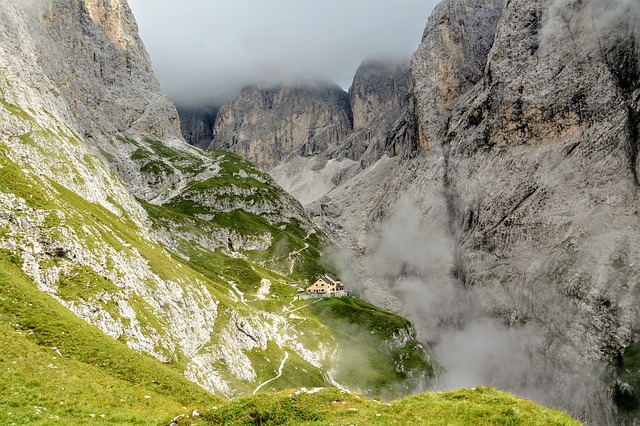A recent research study published in Science Advances reported that rock porosity has been discovered to be influenced substantially by physical weathering.
The flow of water through rocks was previously thought to be the leading cause of rock porosity.
The research study proved that physical weathering is also a significant contributor to weathering, resulting in rock porosity.
The study highlighted the effect of tree root wedging and ice cracking to the porosity of rocks. Tree root wedging is a phenomenon that occurs when the roots of trees grow deep down into the earth, creating pores and causing the gradual expansion of the rocks. Ice cracking also results from the expansion of ice due to temperature changes.
Rock porosity samples from southern Sierra Nevada in California
The research team comprised of the assistant professor of earth sciences at Dickson College, geophysicist Jorden Hayes, and researchers from the University of Wyoming, Virginia Tech, and the University of California. They analyzed granite saprolite rocks collected from the southern Sierra Nevada in California.
The geochemical and geophysical analyses of the sample revealed distinct information concerning the subsurface rock porosity and the extent of physical weathering. The researchers mentioned that the rock porosity serves as a holding plate for subsurface water and essential life-sustaining nutrients.
In the words of the research team:
“Our finding is especially exciting as we think about other landscapes that may also be subjected to these physical mechanisms and have the ability to store large volumes of water.”
“This is surprising because we don’t usually think about rock expanding to such a degree, and scientists conventionally think about rock weathering being dominated by chemical dissolution as rainwater flows into the subsurface.”
Rock porosity influencers
Rock porosity refers to the amount of void space in a rock. It is defined as the ratio of the volume of the voids or pore space divided by the total volume.
Rock porosity is influenced by many factors, such as the rock type and the arrangement of the grains of the rock. For example, crystalline rock such as granite has a very low porosity (<1%) since the only pore spaces are the tiny, long, thin cracks between the individual mineral grains. Sandstones, typically, have much higher porosities (10–35%) because the particular sand or mineral grains don’t fit together tightly, allowing larger pore spaces.







